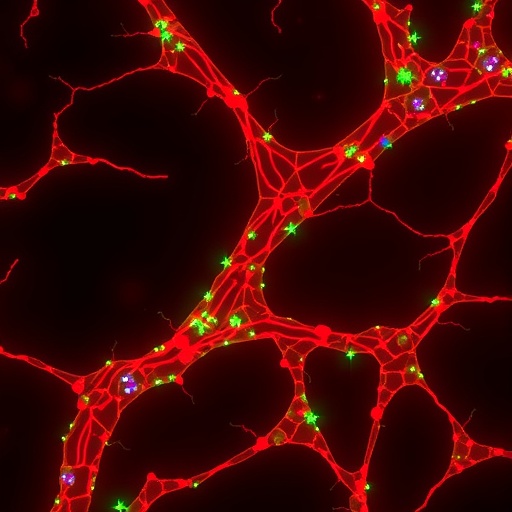A study conducted at Texas A&M University has identified a new area in the brain involved in inhibiting fear, a discovery that holds potential for clinical interventions in patients with psychiatric diseases such as post-traumatic stress disorder (PTSD). The article was published in Nature Communications on Oct. 30.
Dr. Stephen Maren, University Distinguished Professor of psychological and brain sciences and Claude H. Everett, Jr. '47 Chair of Liberal Arts at Texas A&M University, and his team have discovered that a small brain region in the thalamus called the nucleus reuniens plays a role in inhibiting fear in rats.
Prior to his discovery, the region was thought to act primarily as a pathway by which sensory information travels from the periphery of the brain to the cortex, the part responsible for performing complex thought.
"It's interesting because we know that the prefrontal cortex plays an emotion regulation role, and so there has been a lot of interest in how it accomplishes that," Maren said. "So this basic research, identifying this particular projection from the prefrontal cortex to the nucleus reuniens in the thalamus, points us to parts of the brain that are important for the inhibitory function of fear, which could be an avenue to new drugs, therapies and interventions for psychiatric disorders."
Currently, most drugs that physicians use to treat psychiatric disorders are indiscriminate and target all neurons in the brain. However, behavioral therapies, such as extinction therapy for PTSD, during which patients undergo prolonged, repetitive exposure to their traumas in safe settings, are effective in diminishing fear, but patients often relapse.
In his Emotion and Memory Systems Laboratory at Texas A&M, Maren and his team exposed rats to tones paired initially with mild foot shocks to create the fear response. They then used an extinction procedure, exposing the rats to the tones repetitively for prolonged periods, to suppress the fear.
Using a pharmacological approach, Maren and his team inactivated the nucleus reuniens and found that rats were unable to suppress fear. They next used a targeted pharmacogenetic strategy to silence neurons selectively in the prefrontal cortex projecting to the reuniens. To do this, Maren and his team used engineered viruses carrying designer receptors exclusively activated by designer drugs (DREADDs). They found that inhibiting these inputs also prevented rats from suppressing fear.
By identifying the involvement of this specific circuit of the brain in fear inhibition, researchers can now pursue more targeted treatments for psychiatric disorders that work better and last longer.
###
Media Contact
Stephen Maren
[email protected]
979-458-7960
http://www.tamu.edu
https://today.tamu.edu/2018/10/30/texas-am-professor-identifies-new-brain-region-that-suppresses-fear/
Related Journal Article
http://dx.doi.org/10.1038/s41467-018-06970-z




